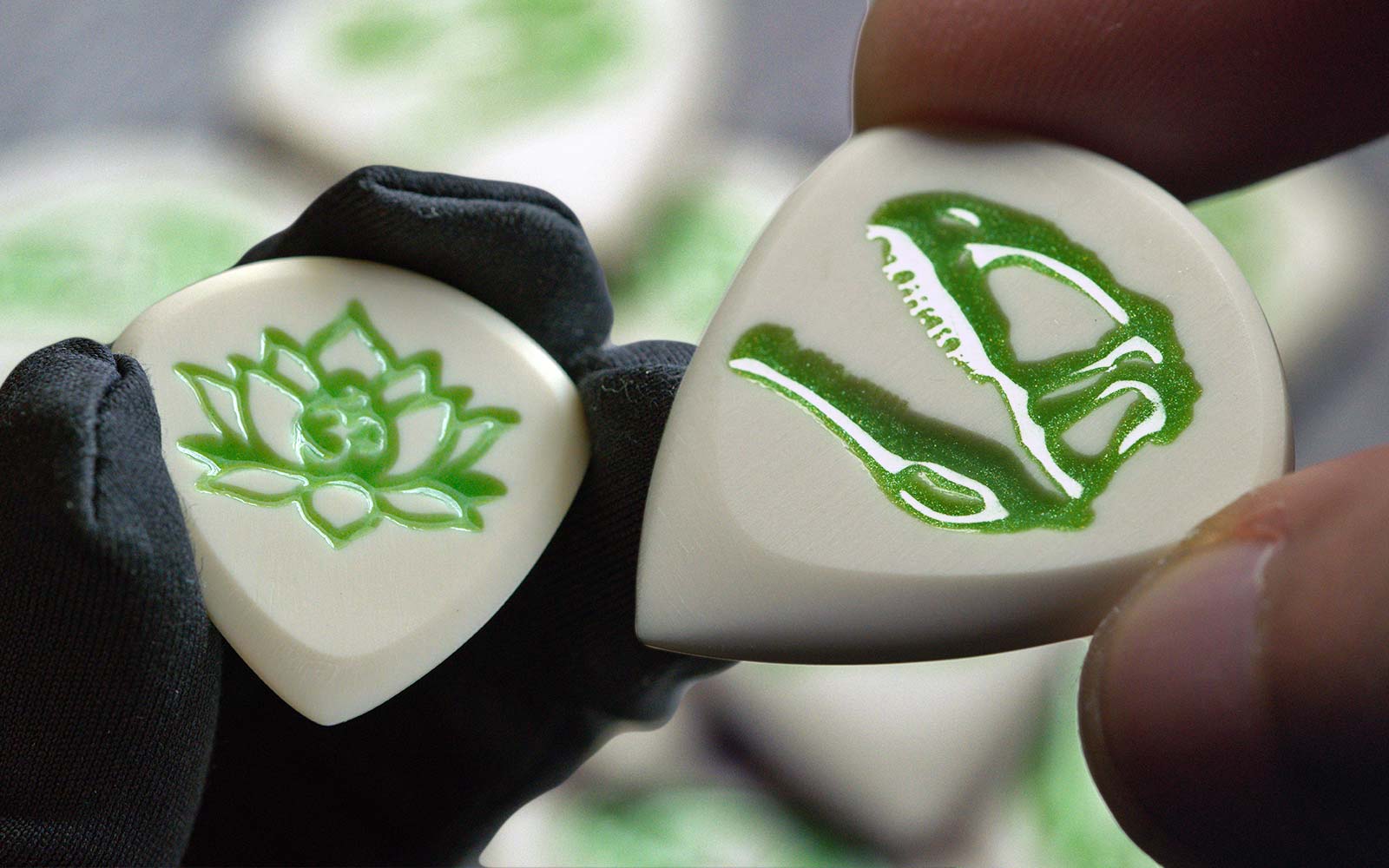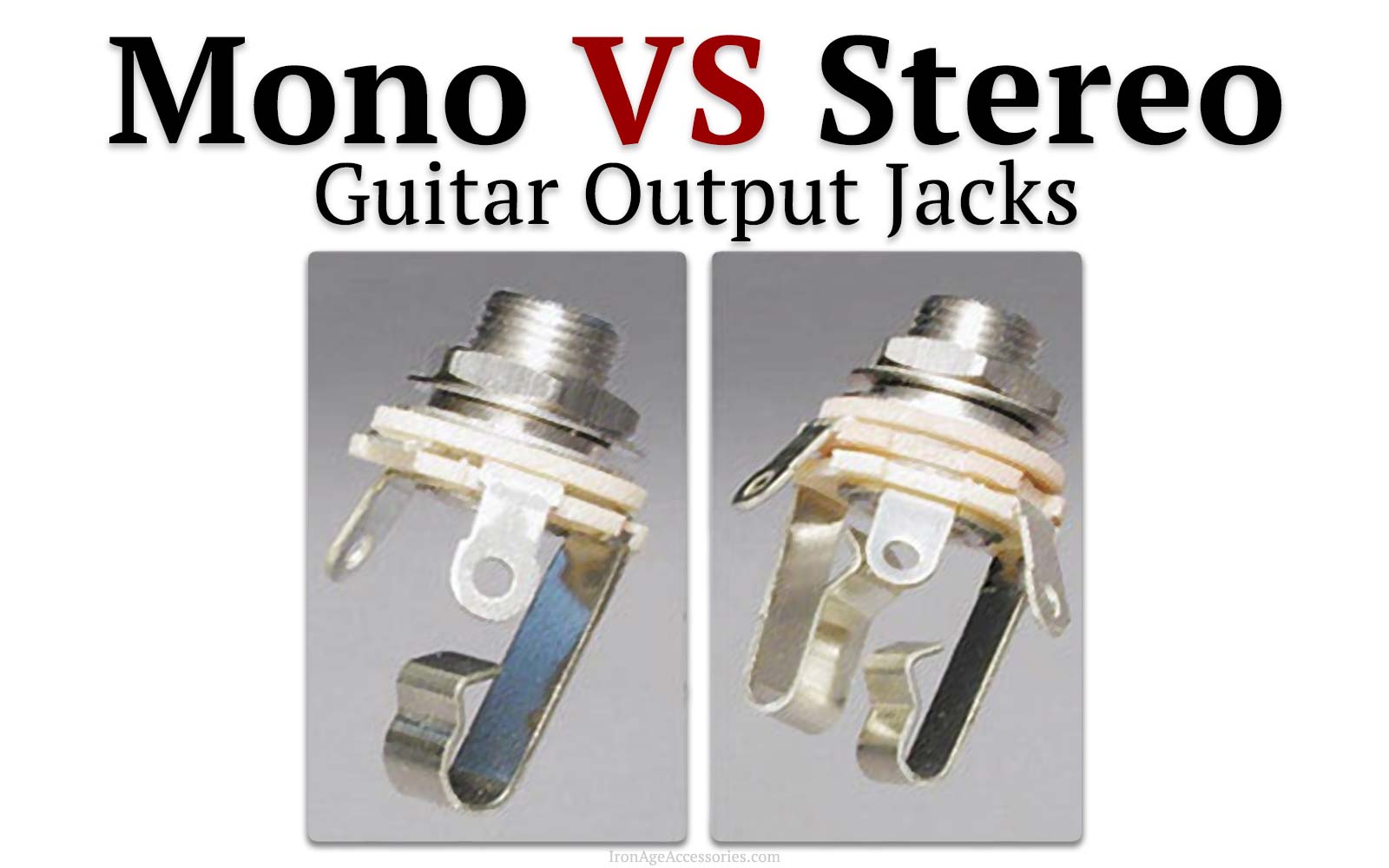- BlogOpen submenu
- Guitar KnobsOpen submenu
- Guitar PicksOpen submenu
- KillswitchesOpen submenu
- Misc.Open submenu
- RewardsOpen submenu
- Sign in
No results found.
- * General Blog*
- * News & Updates*
- Giveaway Page
- Top 10 Best Guitar Picks
- Ultimate Guitar Pick Guide
- Ultimate Guitar Knob Guide
No results found.
No results found.
- All Guitar Picks
- Gladiator Collection
- Imperial Collection
- Legio Ferrata Collection
- Parthenon Collection
- Ragnarok Collection
- Limited Edition Plectrums
No results found.
No results found.










Alex Rodea
Author
Founder of Iron Age, my guitar journey began in 2006, fueling a passion for crafting premium guitar accessories that embody timeless style & innovative expression. Through my Stay Tuned Guitar site I also share tips & info for new guitarists, offering everything from beginner tutorials to DIY tips & general music knowledge.